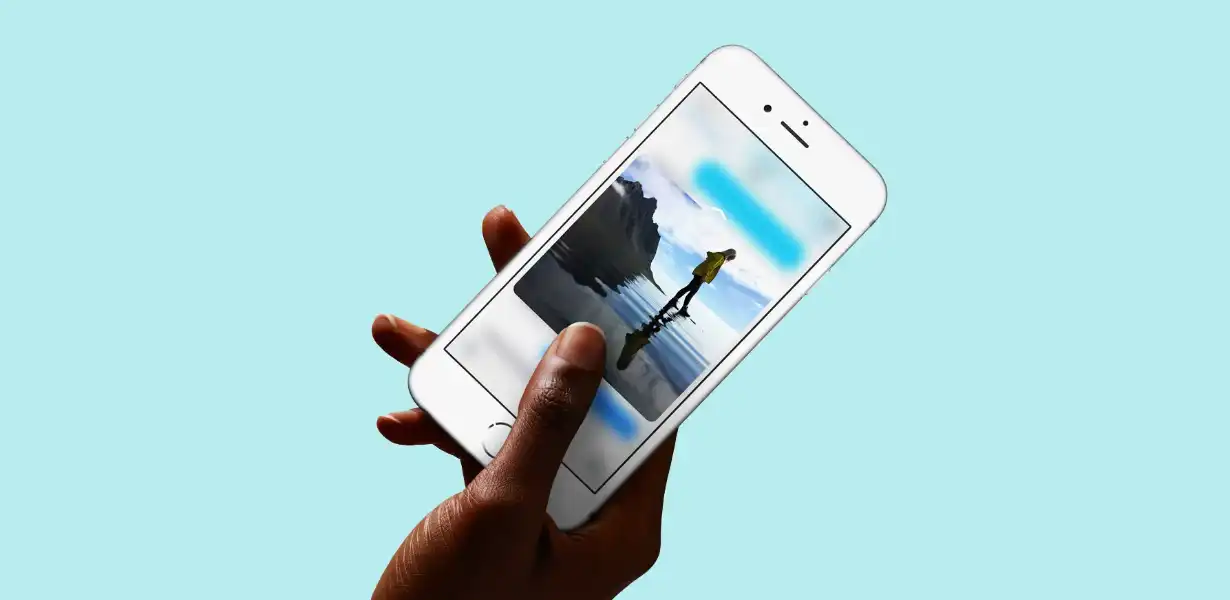
Revolutionizing Touch Gestures: 3D Touch and Pressure Sensing in Smartphones
- Post
- August 7, 2023
- Mobile & Responsive, Touch Gestures, Web Design
- 0 Comments
Welcome to the future of smartphone interaction! In this blog, we delve into the exciting world of touch gestures, focusing on the game-changing technologies of 3D Touch and pressure sensing in smartphones. As mobile devices continue to evolve, touch gestures have become a crucial aspect of user experience, offering intuitive and dynamic ways to interact with our beloved gadgets. We’ll explore how these cutting-edge technologies have transformed the way we interact with our smartphones, making everyday tasks more efficient and engaging.
Touch Gestures: A New Era of Smartphone Interaction
In this section, we’ll explore the basics of touch gestures and how they have evolved over time. From simple taps to sophisticated swipes, touch gestures have come a long way in enhancing user experience on smartphones. By combining hardware advancements and smart software integration, smartphones have unlocked a whole new world of possibilities for touch-based interaction.
Introducing 3D Touch: A Touch Sensation
3D Touch, pioneered by Apple, is a revolutionary technology that adds a new dimension to smartphone touch interactions. Unlike traditional touchscreens, which can only detect taps and swipes, 3D Touch introduces pressure sensitivity. This means your smartphone can now distinguish between light taps and deep presses, opening up a host of possibilities for enhanced app interactions and quick access to essential features.
Key points:
3D Touch allows for Peek and Pop functionality, letting users preview content without fully opening an app.
It enables Quick Actions, providing shortcuts to frequently performed tasks right from the home screen.
Developers can integrate 3D Touch into their apps to offer more engaging and interactive user experiences.
Pressure Sensing: An Android Innovation
While 3D Touch made its mark on iPhones, Android devices introduced their own version of pressure sensing. Although the implementation may differ across manufacturers, the underlying principle remains the same – adding a pressure-sensitive layer to the touchscreen. With pressure sensing, Android users can enjoy similar benefits to 3D Touch, allowing for more nuanced interactions and quicker access to app features.
Key points:
Pressure-sensitive screens on Android devices respond to variations in pressure applied by the user’s finger.
Some Android devices use long-press gestures to trigger pressure-sensitive actions, providing a similar experience to 3D Touch.
As developers embrace this technology, pressure sensing opens up new possibilities for creative and intuitive app design.
The Impact on User Experience
In this section, we’ll discuss how 3D Touch and pressure sensing have transformed the way users interact with their smartphones, enhancing efficiency and convenience.
Efficient Navigation: With 3D Touch and pressure sensing, users can access specific app features and content directly from the home screen, reducing the number of taps required to perform tasks.
Enhanced Interactivity: 3D Touch and pressure sensing enable more interactive app experiences, allowing users to interact with content in unique ways, such as previewing emails, photos, or web links.
Productivity Boost: Both technologies help users complete tasks more efficiently, saving time and effort in various everyday scenarios.
Gaming and Entertainment: Gamers benefit from pressure-sensitive controls, enabling more precise and responsive gameplay.
The Future of Touch Gestures
As touch technology continues to advance, we can expect even more innovative developments in the future. Manufacturers and developers will strive to create seamless and natural interactions, blurring the line between the physical and digital realms.
Wider Adoption Across Devices: As smartphone manufacturers continue to embrace these technologies, 3D Touch and pressure sensing will become standard features in a wide range of devices.
Haptic Feedback Evolution: Haptic feedback, which provides tactile sensations when using touch gestures, will evolve to provide more realistic and immersive experiences.
Gesture Customization: Users may be able to customize the sensitivity and behavior of touch gestures to suit their preferences and needs.
Integration with Augmented Reality: Touch gestures will play a pivotal role in augmented reality applications, allowing users to interact with digital elements in the real world.
Final Words
The world of touch gestures has evolved significantly, thanks to the groundbreaking technologies of 3D Touch and pressure sensing in smartphones. These advancements have not only transformed the way we interact with our devices but have also opened up new possibilities for creativity and productivity. As the future of touch interaction unfolds, we can look forward to even more exciting innovations that will continue to enhance our digital experiences. Embrace the touch revolution and explore the endless possibilities it holds for a smarter and more intuitive mobile world.
Commonly Asked Questions
Q1: Can I use 3D Touch on all iPhones?
3D Touch is available on iPhones from iPhone 6s to iPhone XS Max. However, newer models may utilize different technologies for touch interaction.
Q2: Do all Android devices have pressure-sensitive screens?
Not all Android devices feature pressure-sensitive screens. It depends on the manufacturer and model.
Q3: How can developers integrate pressure sensitivity into their apps?
Developers can use specific APIs and software tools provided by the operating system to incorporate pressure sensitivity into their apps.
Q4: Can I disable 3D Touch or pressure sensing if I don’t find it useful?
Yes, both features can usually be disabled in the device settings to cater to individual preferences.
Q5: Will future touch technologies replace physical buttons on smartphones?
While touch technologies continue to advance, physical buttons may still have a place in smartphone design due to their reliability and familiarity.




